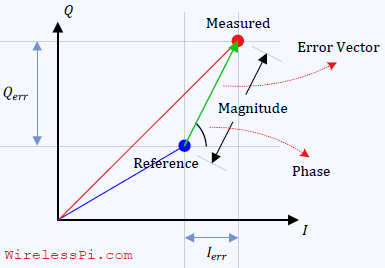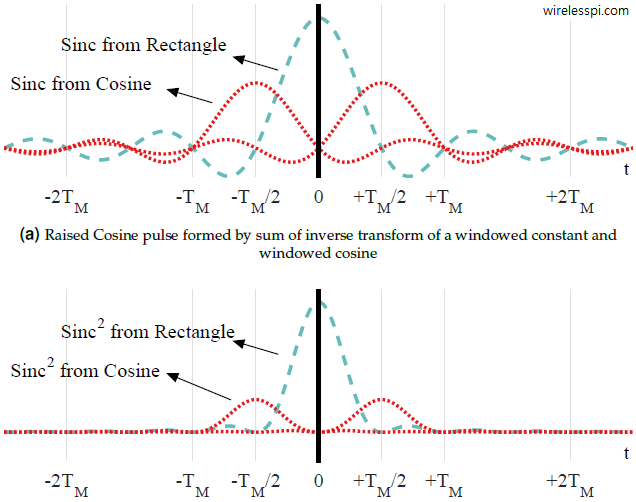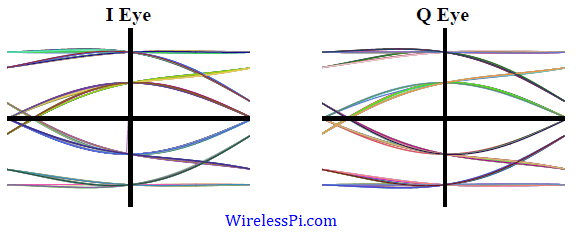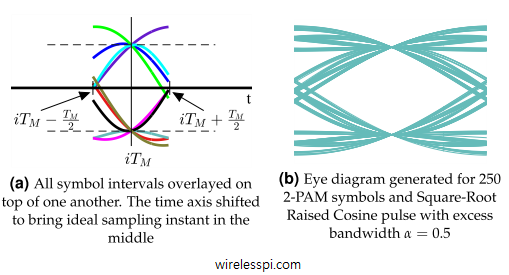Measuring the performance of a digital communication system is not a straightforward task as different impairments have different impacts on the final bit error rate. Error Vector Magnitude (EVM) is a useful metric that helps gauge the impact of all impairments simultaneously from a single value. A Single Modulation Symbol We start with observing a single modulation point at the receive end. Once we establish the baseline error in this scenario, we will combine the effect of all such symbol points into a single number. Assume that a modulation symbol S is represented by a blue constellation point in the
Continue reading


